Whereas US Republicans have taken aim to slaughter wolves in Alaska, research into wolf vocalizations have found multiple identifiable “dialects” that establish differences between species, packs, and individuals. This move could be critical to conservation, despite the predator-hatred insanity in the US government.
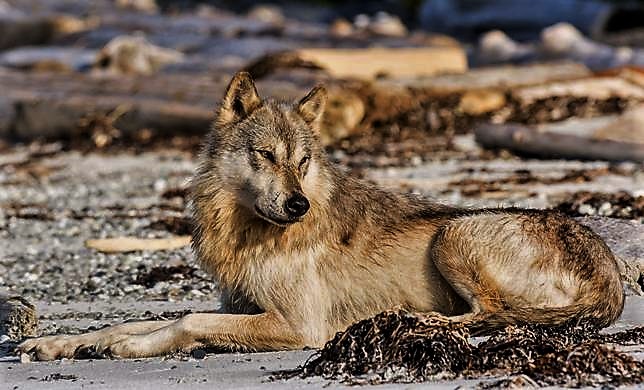

Wolves have 21 different howling dialects
By Jaymi Heimbuch, Published in Mother Nature Network
In the largest quantitative study of howling among canid species, researchers have discovered that wolves across the world speak in 21 different dialects, with differences depending both on species and location.
The study, led by Arik Kershenbaum of University of Cambridge, collected 2,000 recordings of howls from 13 species of canids including wolves around the world, dingoes, coyotes, jackals and even domestic dogs.
Biologist Doug Smith: “Wolves are ferociously territorial [during their seasonal cycle that peaks in February], and so they howl to others to say ‘Hey I’m here, stay out.’ … So what appears to be happening during the denning season [in the spring] is that howling for territorial purposes goes away. You stop communicating to your neighbors. So what we’ve noticed what doesn’t go away is howling to your packmates, to your family members.”
Rather than using subjective analysis of howls by looking at sound waves, the researchers put the howls through a computer algorithm that quantified aspects of the recordings. The computer identified the distinguishing features of the howls, including pitch and fluctuation.
A listener can ultimately identify the species of howler, even down to the subspecies of wolf, just by listening closely to their unique howling.
Kershenbaum explains the approach in a Life on Earth interview:
The way that we quantified [howls] was to extract the frequencies of the howls as the howl progresses — whether the frequency rises, falls, stays constant. And then we could compare every set of howls that we recorded, and that essentially gives a number to how different two frequency modulated turns are. And we then passed that to another algorithm which clusters these howls into groups that are similar to each other and different from every other howl. So once we had established the twenty-one different howl types, we looked at the way those howl types were used by different populations. So some species and subspecies would make a lot of use of certain howl types and would neglect others. In addition, some species make wide use of all of the different howl types and are very varied in their repertoire. And in that sense they represent, if you like, a fingerprint for each population, for each subspecies.
STORY: Jay Mallonee on Roaming with the Wolf Pack
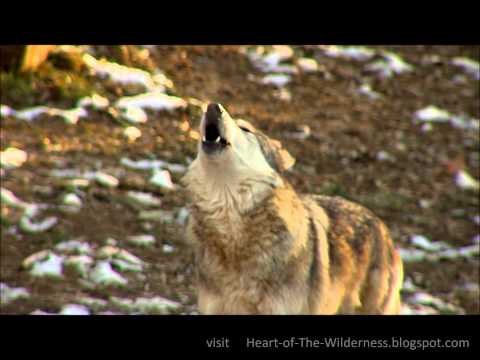
Watch this video on YouTube
With this information, researchers are one step closer to being able to identify exactly which subspecies of wolf may be howling — something that could significantly benefit scientists monitoring local wolf populations. Scientists could identify wolves in the area and track their activity using acoustics.
The next step is to determine the meaning behind different howls. Such information could be crucial in keeping wolves away from livestock and reduce conflict.
“If we can use these kinds of techniques to identify different howls in different behavioral contexts, then we may be able to use the howling to develop techniques for reducing conflict between wild predators and humans, by playing back the appropriate howls,” Kershenbaum told Life on Earth. “But in this case it would be extremely important to make sure that you play back a howl that says, ‘don’t come near here, we’re a strong and aggressive pack,’ and not a howl that says, ‘come over here, we’ve found some interesting food and we’re going to eat it.’”
Such understanding is possible only when studying vocalizations in context with wild wolves. The team is currently working in Yellowstone National Park to collect recordings and learn more about whether different calls are intended as communication, warning or other messages.
The discovery about dialects could be important for the survival of the critically endangered red wolf.
STORY: Mass Species Extinction and Wilding the Wilderness
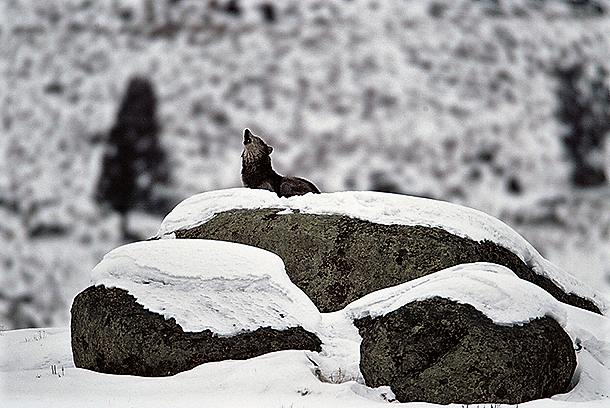

“The survival of red wolves in the wild is threatened by interbreeding with coyotes, and we found that the howling behavior of the two species is very similar. This may be one reason why they are so likely to mate with each other, and perhaps we can take advantage of the subtle differences in howling behavior we have now discovered to keep the populations apart,” notes Kershenbaum in a news release.
The findings are compelling for both wolves and people. Learning more about the language of wolves may reveal clues about the evolution of our own language, something Kershenbaum is interested in exploring further.
“Wolves may not be close to us taxonomically, but ecologically their behavior in a social structure is remarkably close to that of humans. That’s why we domesticated dogs — they are very similar to us,” said Kershenbaum. “Understanding the communication of existing social species is essential to uncovering the evolutionary trajectories that led to more complex communication in the past, eventually leading to our own linguistic ability.”
Jaymi Heimbuch ( @jaymiheimbuch ) focuses on wildlife conservation and animal news from her home base in San Francisco.




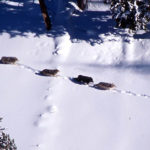
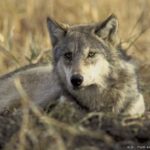
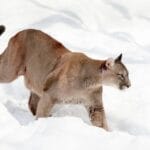






I hate what this congress is doing to the wolves. To all wildlife really. They really put them on the chopping block, literally. Bleh!!!